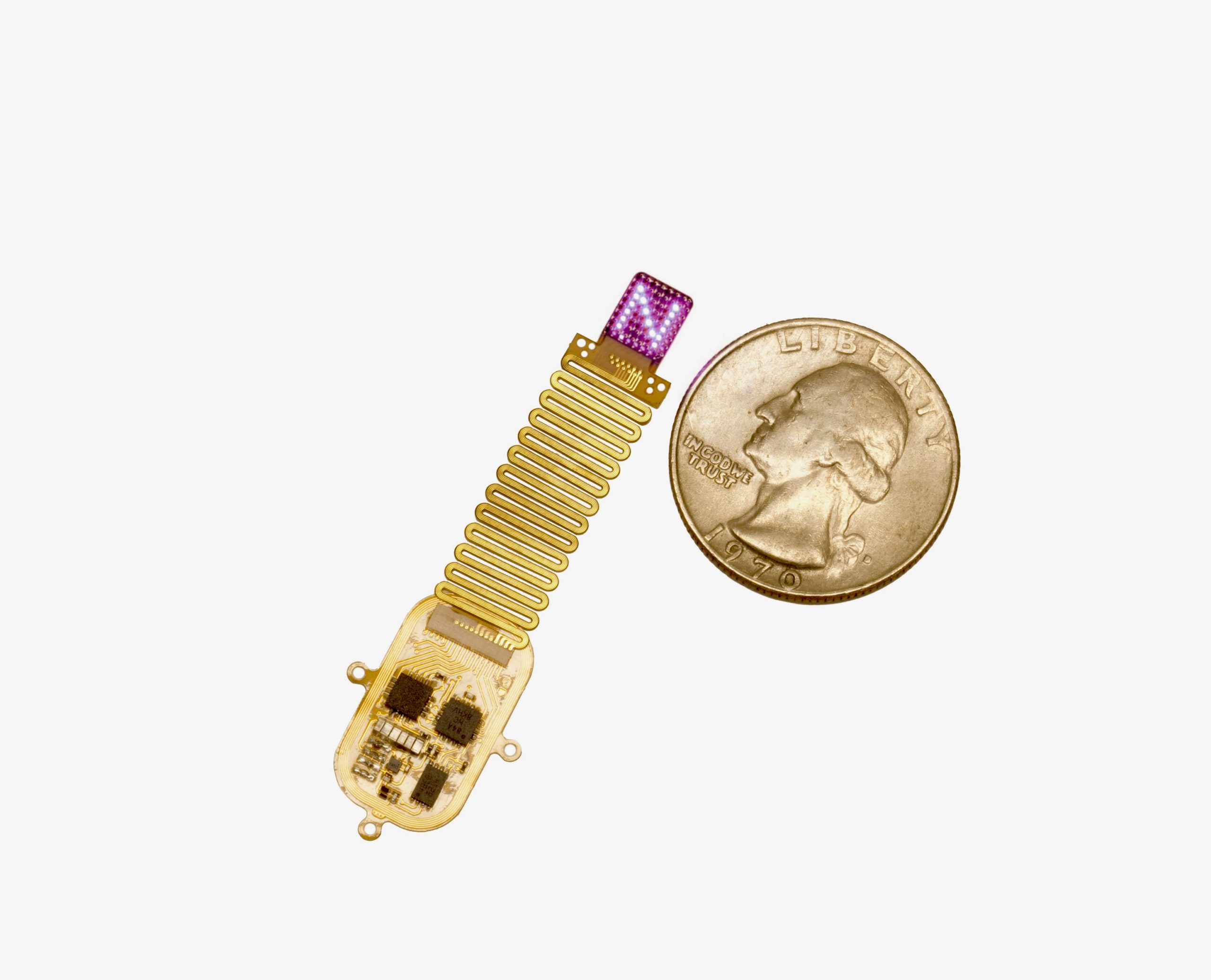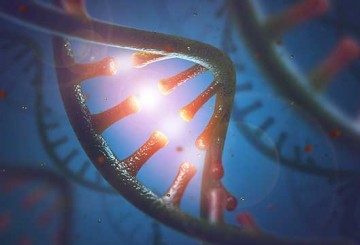
Investigators led by Francesca Elizabeth Duncan, PhD, the Thomas J. Watkins Memorial Professor of Reproductive Science, have discovered new molecular mechanisms that lead specialized immune cells to cause ovarian aging and functional decline, according to a recent study published in PLOS Biology.
The ovaries are one of the first organs in the body to show signs of aging, with symptoms including chronic inflammation, fibrosis similar to scarring, and a rapid decline in fertility and hormone production.
A hallmark of mammalian ovarian aging is the presence of multinucleated giant cells (MNGCs) in the ovary, which are derived from macrophages, or specialized immune cells, and can take up to 10 percent of the volume of the ovary.
MNGCs also exist outside the ovary and are typically associated with conditions of chronic inflammation throughout the body, such as at sites of infection or medical or biomaterial implants. However, it has remained unclear why MNGCs also appear in the aging ovary and how they impact the organ long-term.
“For most tissues, aging occurs at an older chronologic age, but in the ovary aging is happening in women in their late thirties and early forties. We think these MNGCs may be forming in response to accumulation of cellular debris with age that happens due to normal ovarian dynamics. For example, people do not realize that there is a lot of cell death from follicles that never make it to the stage of ovulation and there is also cellular debris that remains after ovulation,” said Aubrey Converse, PhD, research assistant professor of Obstetrics and Gynecology in the Division of Reproductive Science in Medicine, who was lead author of the study.

To better understand the molecular characteristics of ovarian MNGCs, the investigators developed multi-pronged approach combining advanced imaging, laser capture microdissection and transcriptomics analyses to study ovarian MNGCs from mice and nonhuman primates.
Using this approach, the investigators discovered that ovarian MNGCs have molecular signatures related to cell degradation, immune function and high metabolic activity – all consistent with a potential role in cellular debris clearance.
“These cells are likely in the aging ovary to compensate for defects in normal processes that are needed to clear out cellular debris. However, MNGCs may have additional consequences because they have a unique immune profile. I think this is one of the most interesting aspects of this biology – the MNGCs may be trying to maintain homeostasis initially, but then they may have detrimental consequences to the tissue,” Converse said.
Moving forward, the scientists aim to better understand why MNGCs end up in the aging ovary and identify the processes that lead to their formation.
“This paper really marks, I think, the first time that these particular cells that we know are involved in chronic inflammation have been defined at such high resolution, and that really opens up a lot of research opportunities to look at what is causing these cells to appear but also what are their consequences,” said Duncan, who is also co-director of the Center for Reproductive Science and a member of the Robert H. Lurie Comprehensive Cancer Center of Northwestern University.
“I think this really pushes that needle forward from merely an observation that MNGCs are always in these old ovaries to beginning to understand what they might be doing, if they’re a good thing or a bad thing, and could they be targeted to improve ovarian function,” Duncan said.
This work was supported by the Global Consortium for Reproductive Longevity & Equality grants GCRLE-1223 and GCRLE-4501, the National Institutes of Health (NIH) grants R01HD105752, AG069742, P51 OD011092 and U01 AG021382, and Northwestern University Startup funds.






